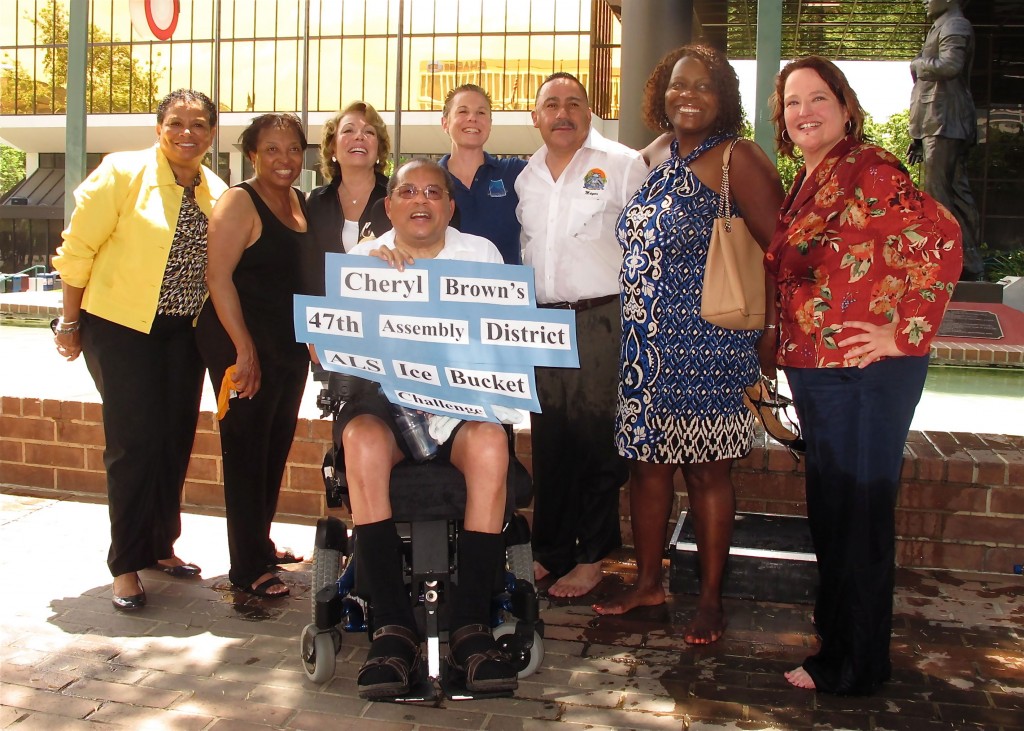
Lou Coleman
By Lou Coleman
Satan doesn’t give a damn about you! He’s not your friend and definitely not your buddy! He’s your enemy and his plan is to take you out by any means necessary. Make no mistake about it! His plan for your life is three-fold: To steal…to kill and to destroy you. That’s it and that’s all! He has no other plan, interest, or purpose for you nor your life. He hates you with a passion; an undying hatred, and he wants you dead. Period!
Now I don’t like to spend a lot of time talking about the Devil. He and I are not on speaking terms, you see. There are only two things that the Devil and I have in common; He hates me and I HATE HIM! But Jesus spoke about him from time to time, so it’s no sin for me to do it. Besides, I just want to remind you of what Peter said in [1 Peter 5:8] “Be alert, and be on watch! For your enemy, the Devil prowls around like a roaring lion looking for someone to devour.” I want you to know that he has declared an all-out war on you. And while many of us slumber at this midnight hour, just as Jesus predicted, the devil is working ferociously, making preparation for war. Ever scheming, ever devising ways to harass and destroy us. He is not your friend! All he wants is to kill you. That is his ultimate plan for you. Do not be deceived…. Satan hates your guts!
Sure, he throws out lies to make you believe that he has something that will soothe your pain, relieve your stress, quench your thirst and longings. He’s been doing that since the Garden of Eden. Bottom-line; he can’t stand you! But if you insist on befriending him anyway, knowing he hates the very ground you walk on know that God will eventually turn you over to your daddy [Satan] and when He does, your daddy [Satan] is going to do anything and everything to you and it ain’t going to be nice. For he is as evil as God is good; as selfish as God is unselfish; and as hateful as God is loving. And he is out to get you [Ephesians 6:10-12]. He has a plan of destruction and he is not just going to lie down, roll over and let you be what God wants you to be. He is working overtime to side-line you, to kill you, to steal and to destroy your life. That lying, manipulate, murderer! Never underestimate what he can do. Never underestimate how far he will go to defeat and kill you. He wants to eat you alive! I’m telling you on the authority of God’s Word, Satan, is a cold blooded killer and he’s coming as swift as he can to take you out. You may not want to think about it or even accept it, but if you have determined to follow Jesus with all your heart, Satan has marked you for destruction.
Now I’m going to share with you three principles of Warfare. If you will latch onto these principles, you can live a life full of happiness, health, peace, prosperity and accomplishment. If you ignore them, you will live a life of defeat and depression and fear and uncertainty and self-doubt. Not to mention a lack of direction, financial ruin, and continual discouragement because that’s Satan’s objective. Without these principles you have no chance of survival! NONE! Not any! You are like a baby in front of a wild tiger seeking whom he may devour. And he will devour you, Associates, Bachelor’s, Master’s, PhD, Doctorate and all, if you do not latch on the whole armor of God. I tell you we are under heavy attack. A spiritual and moral attack, and the devastation of this spiritual war is all around us in our society, our government, our universities, our entertainment media, our neighborhoods, our families, our churches, and our own lives. There are wounded people all around us, and we ourselves have been pierced by the fiery arrows of our enemy. To survive and to win, we must mount a strong defense and engage the enemy in battle. We must learn to “praise the Lord and pass the ammunition!” Because behind the confusion and fog of the battle is a crafty, powerful, and devastatingly real spiritual being that Jesus has called, “the ruler of this world” the Devil.
Now God has given us specific steps that enable us to be conquerors: First, we are to lay hold of the complete protection of Christ, what the Bible calls the full armor of God. Second, once fully armed, we are to pray. Effective prayer is the result of actively putting on the armor of God. Third and finally, in the face of Satan’s attacks, we are to stand firm in our faith with the certain knowledge that the battle is the Lord’s. Our faith in His victory; a victory that is already accomplished on the cross is what overcomes the world. So, as part of the Lord’s army, our commander has given us our marching orders, along with His authority, to take dominion from the enemy. The Holy Spirit in [Ephesians 6: 10-18] presents the equipment of our warfare. Stand firm then, with the belt of truth buckled around your waist, with the breastplate of righteousness in place and with your feet fitted with the readiness that comes from the gospel of peace. In addition to all this, take up the shield of faith, with which you can extinguish all the flaming arrows of the evil one. Take the helmet of salvation and the sword of the Spirit, which is the word of God. And pray in the Spirit on all occasions with all kinds of prayers and requests. With this in mind, be alert and always keep on praying for all God’s people. This is a fight that will not end until we are before the throne of God. Every day, for the rest of your life, you must fight this fight – or you will fall. But by God’s grace, we all can stand. By God’s grace, we can reach the end of our lives and say with Paul, “I have fought the good fight [the fight of faith!] I have finished the race, and I have kept the faith.” I hope and pray that this message has equipped you with enough artillery to defeat Satan. Do not be deceived, Satan is not your friend, he is your enemy!
 SAN BERNARDINO, CA- It was through Steve Jefferson’s work with many illiterate children that he recognized a need for this awareness. The mission of the Urban Literacy Project, a California non-profit organization, is to help close the literacy achievement gap with low performing youths. Many schools across the country are experiencing a high number of students that drop out. Dr. Jefferson believes improving literacy can be the catalyst to change.
SAN BERNARDINO, CA- It was through Steve Jefferson’s work with many illiterate children that he recognized a need for this awareness. The mission of the Urban Literacy Project, a California non-profit organization, is to help close the literacy achievement gap with low performing youths. Many schools across the country are experiencing a high number of students that drop out. Dr. Jefferson believes improving literacy can be the catalyst to change. Westside Story Newspaper – Online The News of The Empire – Sharing the Quest for Excellence
Westside Story Newspaper – Online The News of The Empire – Sharing the Quest for Excellence

















